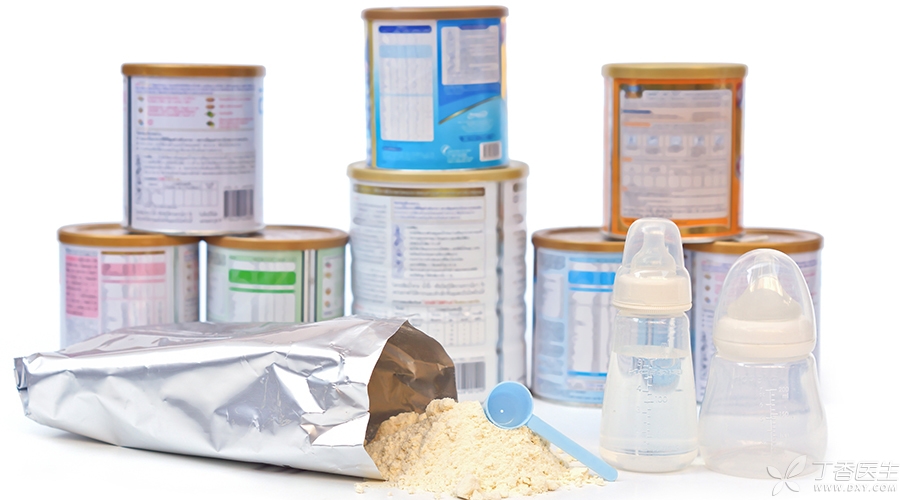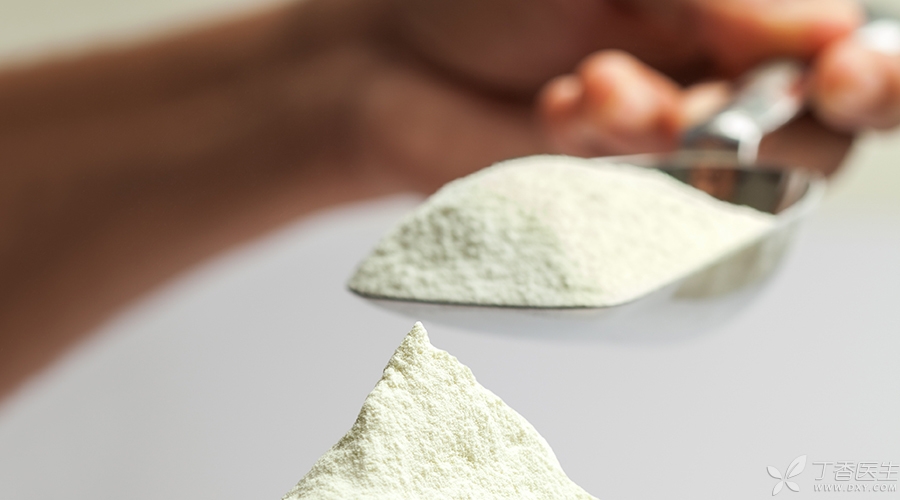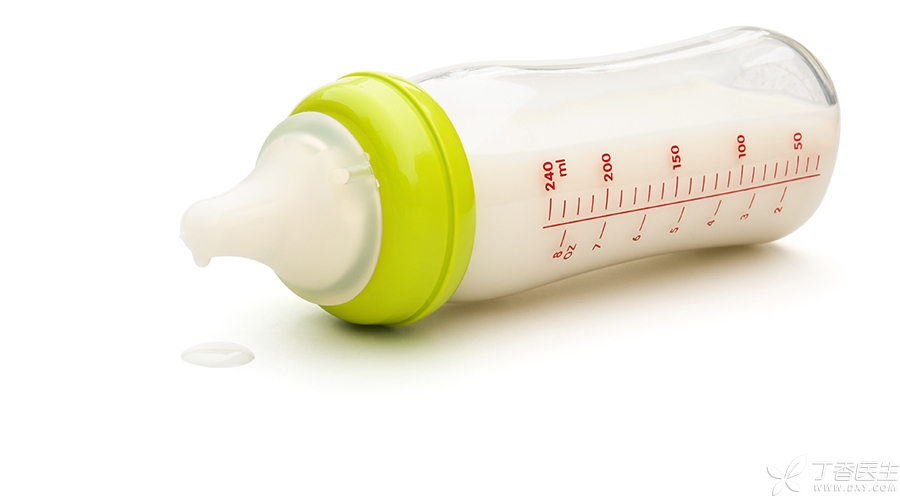
Summer comes, so fresh food is bad when it is bad, and it won’t hurt too much if a meal goes bad, but if the baby’s milk powder goes bad if it is not stored properly, the loss will be very heavy.
A can of milk powder can cost hundreds or even hundreds of dollars.
So, how should milk powder be preserved in hot summer?
At present, there are three kinds of milk powder on the market: canned, boxed and bagged. Although the packaging is different, the principle of product production is to use high temperature and high pressure to spray out the formula milk from micropores through spray drying, thus drying it into solid particles in a short time.
The three packaging methods are also sealed with protective gases (such as carbon dioxide and nitrogen) to ensure that the milk powder will not deteriorate for a long time when it is not opened.
Therefore, before opening, the milk powder should be stored in a dry, cool and light-proof place at room temperature to ensure the stability of the nutritional ingredients of the milk powder.
So, after Kaifeng, how should it be properly preserved?
Milk powder loves [cool, dry and ventilated]
In hot summer, not only the temperature is high, but also the humidity is high. Milk powder, like people, likes cool, dry and ventilated places indoors.
The following three places are annoying to milk powder:
- Avoid storing milk powder in cabinets with humid wood. Rotten wood is easy to produce insects in summer, which will cause milk powder pollution. Milk powder should also be kept away from the kitchen. All kinds of food in the kitchen are easy to get worms or deteriorate in summer. If the milk powder is close, it will also be followed by lying down with a gun. The ground is also a dangerous place, after all, insects often crawl on the ground, so milk powder should be placed on high shelves.
Next, we will talk about how to preserve milk powder with different packages, but one thing is the same:
No matter what kind of packaged milk powder, after Kaifeng can only guarantee the quality for one month at most. More than a month did not eat milk powder, even if again distressed, also want to resolutely discard. However, mothers generally don’t have to worry about it. For most babies, eating the whole can or the whole box of milk powder within a month is a small case.
Never put milk powder in the refrigerator.
Seeing the word “cool and dry”, many mothers think of refrigerators. After all, refrigerators are a good helper for storing other foods in summer.
However, refrigerators are really not suitable for milk powder [living].
Because milk powder is different from food and fruit, it will not deteriorate at low temperature. It also has an important storage condition-dryness. However, the temperature and humidity inside and outside the refrigerator are quite different. Placing milk powder in the refrigerator and taking and placing it frequently in daily life will make it easier to absorb water in the air and agglomerate and deteriorate.
In addition, due to the large number of microorganisms in the refrigerator, milk powder will also be polluted.
The milk powder opened in the can is stored like this.
First, the film of canned milk powder should be torn off.
Before opening the can, check whether the outer package is damaged or not. Milk powder with damaged and leaking packaging cannot be used.
After that, find the opening mark of the can cover and open the milk powder can, and you will see a layer of milk powder isolation film inside. Tear it off. After each time the milk powder is taken, cover the can cover tightly, which can help the milk powder to better ensure quality.
PS: The isolation membrane is to be torn off. Once unsealed, the isolation membrane will not have isolation effect. And keeping it will also increase the risk of pollution.
Second, the opening of boxed milk powder cannot be too large.
Boxed milk powder is generally packed in bags in cartons, and its sealing convenience is not as good as that of canned milk powder, so the opening should not be too large, generally enough for a spoon scooping milk powder to enter and leave, which can minimize the contact area with bacteria in the air during each opening, and the bags and boxes inside should be sealed after use.
Three, bagged milk powder must not be put into the old jar
Bagged milk powder is the same as boxed milk powder, and the opening should not be too large. The bag of bagged milk powder contains anti-oxidation nitrogen, which can theoretically protect milk powder and prevent deterioration, but the overall effect is not very large.
Some mothers like to put bagged milk powder into used old empty milk powder cans or other cans, and then throw away the bags happily.
This is very undesirable, very undesirable, very undesirable.
Because even if the empty can is cleaned clean, there will still be some powder of the previous contents hidden in the fine seams of the package. Pouring fresh milk powder at this time may lead to cross-contamination and allow bacteria to take advantage of it.

Rush milk powder, only fast but not broken
No matter what kind of packaged milk powder, there is a general principle when blending: hand speed should be fast!
Some mothers like to leave the milk powder mouth open after taking the milk powder, and do not slowly close the packaging mouth until the milk powder is ready. In fact, this will increase the time when the milk powder is exposed to the air and allow flying insects and foreign bodies to enter the milk powder bag.
Therefore, the correct approach is to do a good job of sealing immediately after taking milk each time. The canned ones will cover the mouth of the canned ones tightly, and the bagged ones will seal the mouth of the bagged ones with the sealing clip. The faster the hand speed of this series of actions, the better.
Before flushing the milk powder, wash your hands first, then dry your hands to prevent water droplets from entering the milk powder. After scooping up the milk powder, the spoon and the milk powder should be stored in isolation to prevent the milk powder from being affected with damp due to water vapor when touching the milk bottle.

Step 1 Pinch
Normal milk powder should be loose and soft.
If you are not sure whether the milk powder has deteriorated, you can scoop it out with a spoon and put it in another place to touch, pinch and feel it, but don’t put your hand directly into the milk powder packaging bag to feel it, which will pollute the milk powder.
Milk powder will agglomerate when it absorbs moisture and is affected with damp. Can it be eaten? In fact, there are two kinds of scores:
- First, the lumps will be crushed as soon as they are pinched, but they have not changed color or taste. They can still be eaten, but they should be eaten as soon as possible. Second, the caking is relatively hard and firm, and the color becomes darker and has peculiar smell, indicating that the milk powder has deteriorated and cannot be eaten.
Step 2 Smell
Normal milk powder should have a light milk aroma, but it is not too strong. If the milk powder has sour taste, musty taste and fishy smell, it means it has deteriorated.
Step 3 Look
If insoluble particles exist in large quantities or delaminate after the milk powder is blended, and the color becomes darker and more serious, it indicates deterioration.
Step 4 Taste
Normal milk powder also tastes light milk flavor. If DHA is added to the milk powder, it will be accompanied by a little fishy smell. However, if the milk powder tastes like oxidized smell and strong fishy smell, it means it has deteriorated.
How long can the washed milk powder be stored
Under the condition that the washed milk powder has not been eaten:
- Storage at normal temperature should not exceed 2 hours, and summer time should be shorter. If stored in the refrigerator, not more than 24 hours.
If it is eaten after being washed, no matter how much is left, it must be discarded and cannot be eaten any more.
You can also look at the following knowledge about milk powder.
